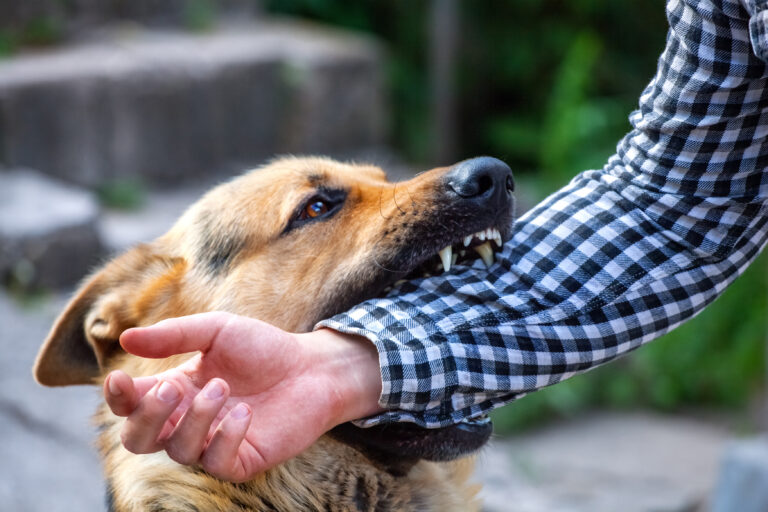14 Smart Ways To Help Your Cat And Dog Become Best Friends
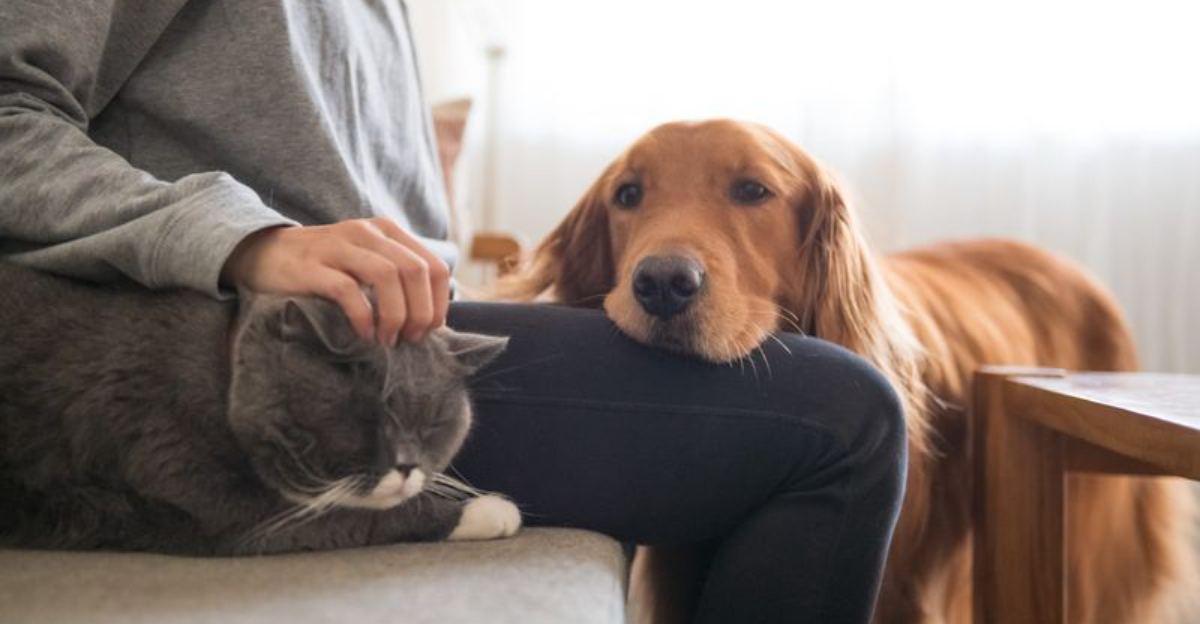
Introducing a cat and dog into the same household can be a delightful yet challenging experience. Ensuring that your furry friends develop a harmonious relationship requires patience, understanding, and the right strategies.
Whether you’re introducing a new pet or fostering peace between long-time companions, these tips will assist in smoothing out the rough patches.
1. Reward Side-by-Side Meals
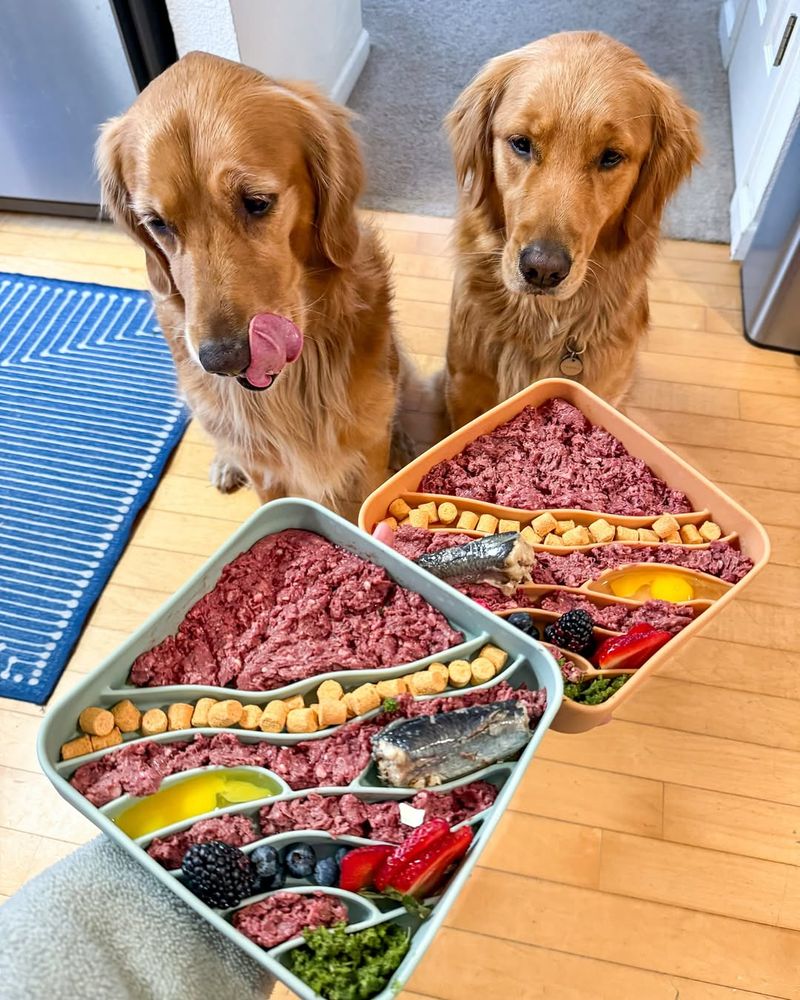
Feeding your pets on opposite sides of a door or room can help them associate each other with something positive.
Gradually move bowls closer (while staying safe) to reinforce that mealtime is a peaceful, shared experience. Just be sure to avoid food guarding behaviors by maintaining a buffer zone.
2. Vertical Spaces For Cats
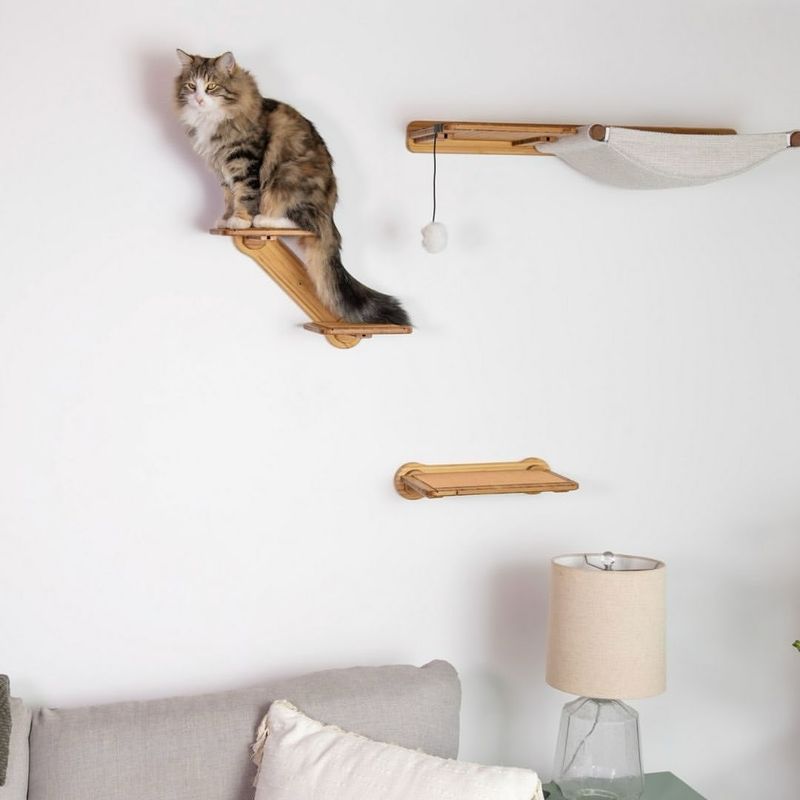
Cats often feel safer when they have the option to escape or observe from above.
Add cat trees, wall shelves, or window perches so your feline can retreat or monitor interactions. This added sense of control can reduce stress and prevent confrontations.
3. Scent Familiarization
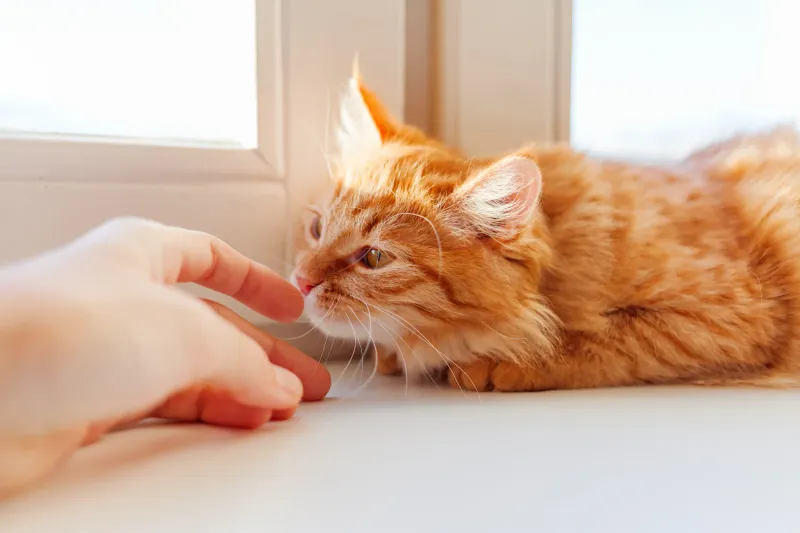
Before your pets meet face-to-face, let them get used to each other’s scent. Swap bedding or gently rub each pet with the same cloth and place it near the other.
This helps reduce anxiety and builds familiarity in a non-threatening way. Smell is a big deal in the animal world—it’s the first step toward trust.
4. Gradual Introductions
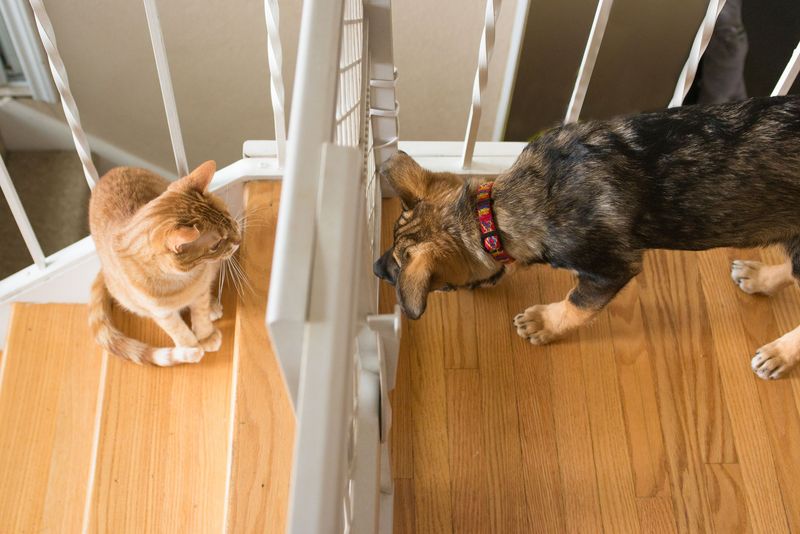
Slow and steady is key when introducing a cat and dog. Start with short, supervised visits where they can see but not reach each other, like through a baby gate or cracked door.
This prevents overwhelming either animal and sets the tone for positive encounters. Always monitor their reactions closely.
5. Establish Separate Spaces
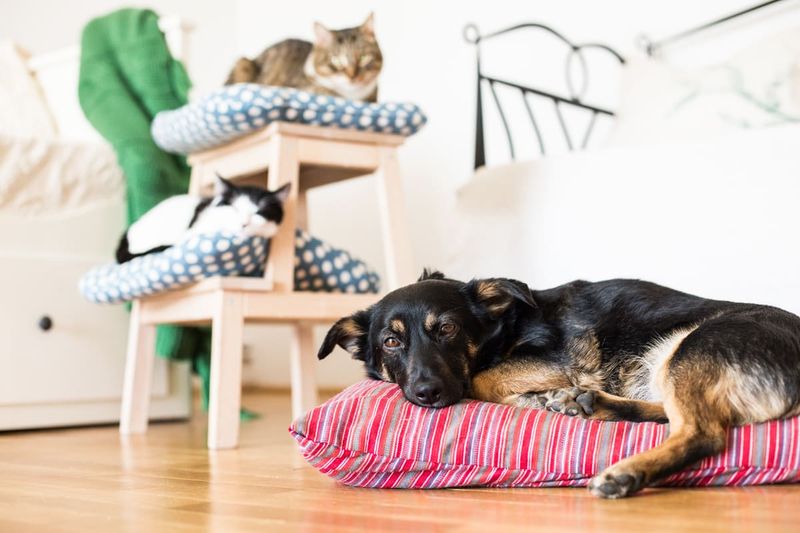
Each pet should have their own private retreat to relax and feel safe. A separate room, crate, or cat tree gives them a stress-free escape from interactions.
This is especially important for cats, who value territory and alone time. Respecting their boundaries fosters mutual comfort.
6. Consistent Routines
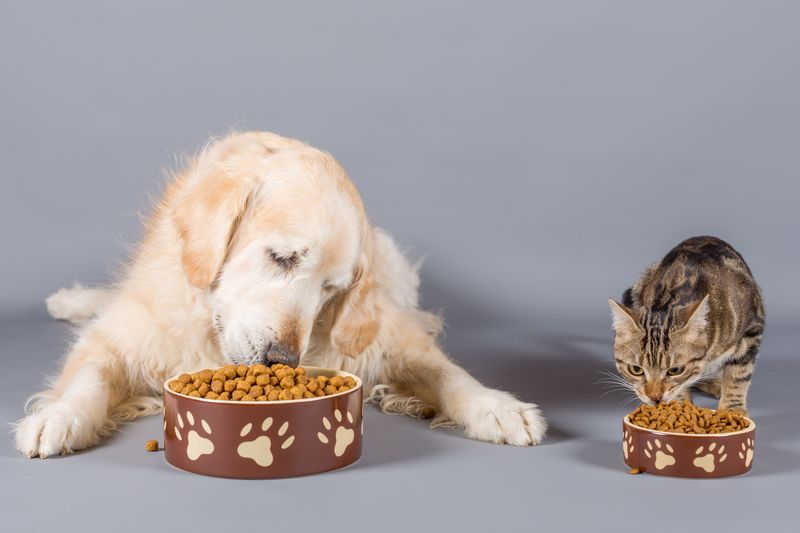
Animals thrive on routine, and maintaining one helps reduce stress during transitions. Feeding, playtime, and sleep schedules should remain predictable.
This stability provides reassurance that life isn’t being upended by the newcomer. Both pets will adjust more smoothly if their day-to-day feels secure.
7. Supervised Playtime
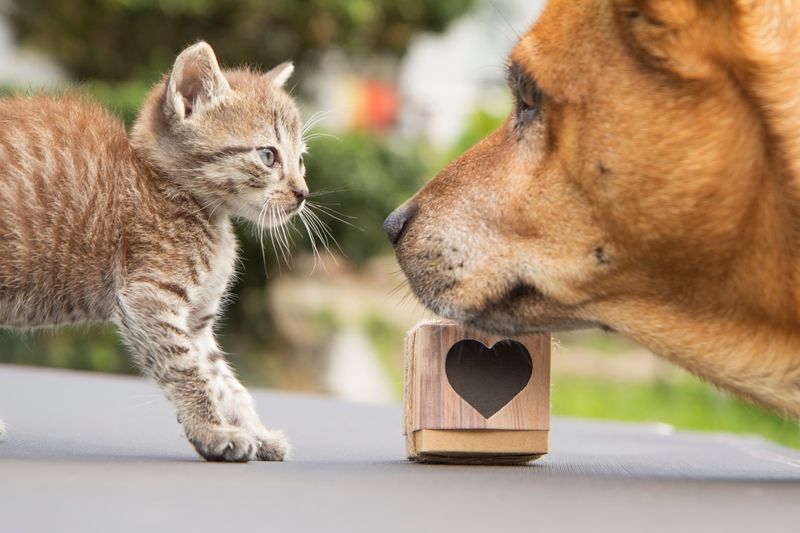
When they’re ready to interact, keep play sessions short and controlled. Use toys and treats to create a positive association with each other’s presence.
Never leave them alone until you’re completely sure they’re safe together. Supervision prevents miscommunication or overexcitement from escalating.
8. Understanding Body Language
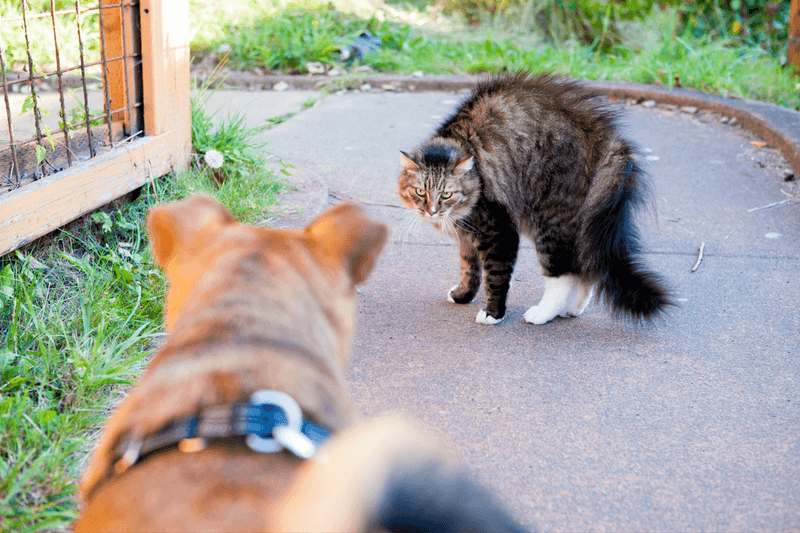
Learning to read both your cat’s and dog’s signals can help you step in before conflict arises.
Watch for signs of stress, such as flattened ears, growling, or tail twitching. Intervening early with a distraction or break can prevent negative experiences. The more attuned you are, the smoother the bonding process.
9. Positive Reinforcement
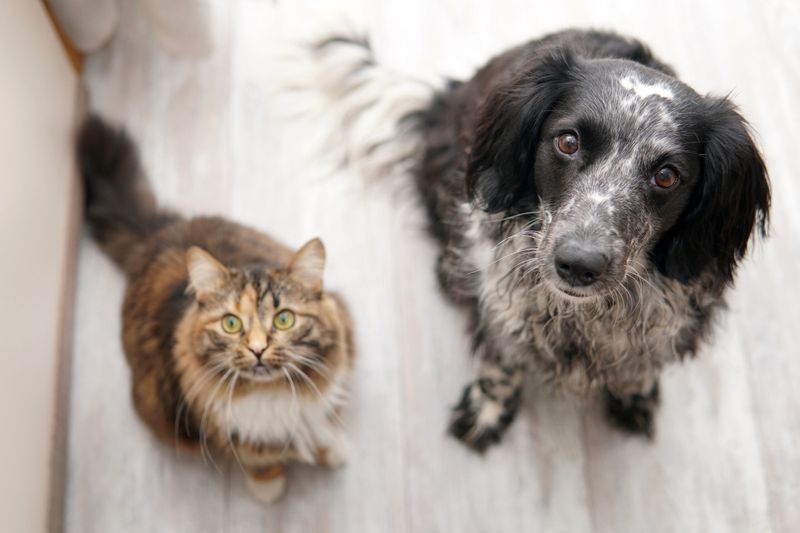
Reward calm, friendly behavior with treats, affection, or praise.
This teaches your pets that being near each other leads to good things. Avoid punishment, which can create fear or resentment. Instead, reinforce moments of peaceful coexistence.
10. Shared Play Sessions
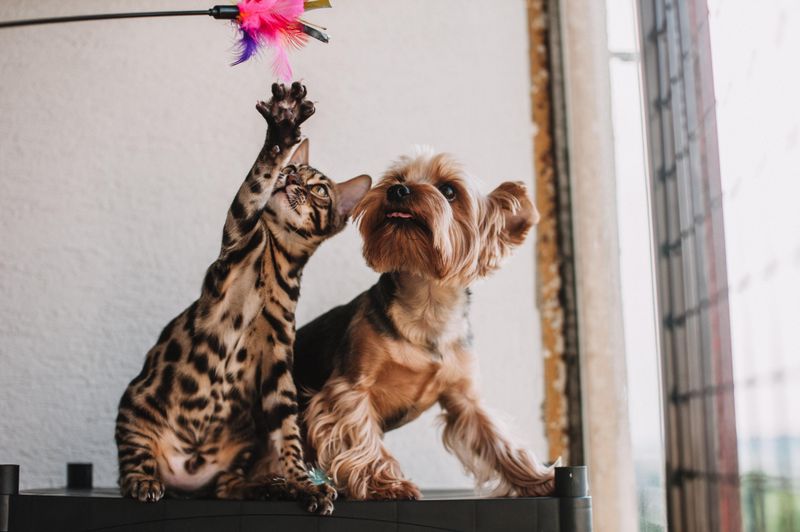
Interactive play with both pets at once can help them bond through fun.
Use toys like feather wands for cats and tug ropes for dogs while keeping the energy balanced. Over time, they may learn to enjoy play together or at least feel comfortable in each other’s presence.
11. Calm Atmosphere
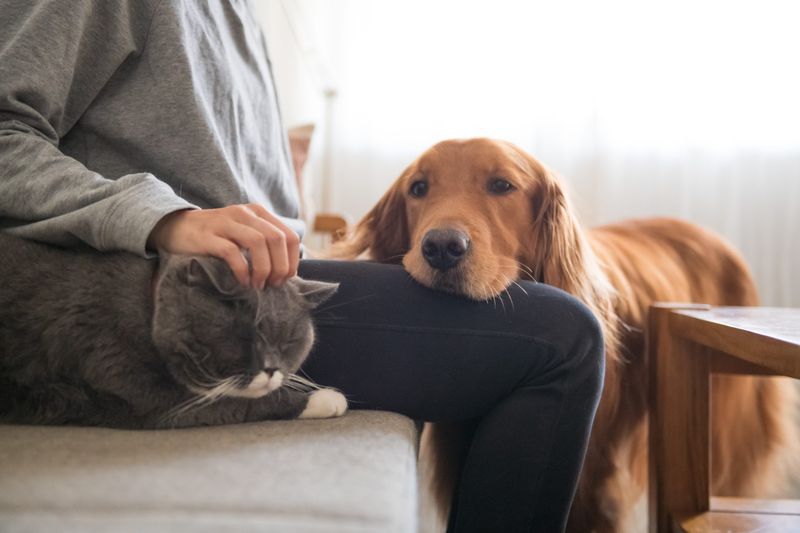
Minimize loud noises, stressful environments, or chaotic situations during the adjustment phase.
A peaceful setting helps both animals feel safe and less reactive. Soothing music, gentle lighting, and a calm tone of voice can go a long way in keeping things relaxed.
12. Regular Exercise
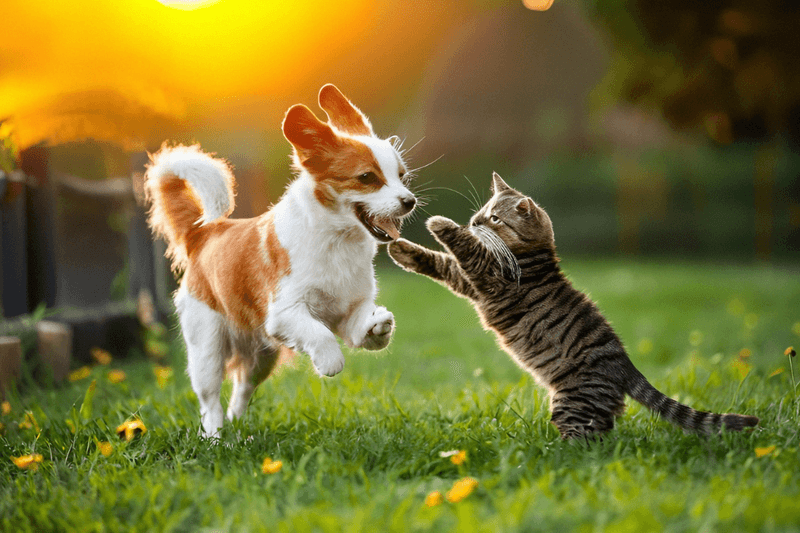
A well-exercised dog is less likely to pester or chase a cat.
Make sure both pets are physically and mentally stimulated throughout the day. Tired pets are calmer pets—and more likely to get along.
13. Behavioral Training
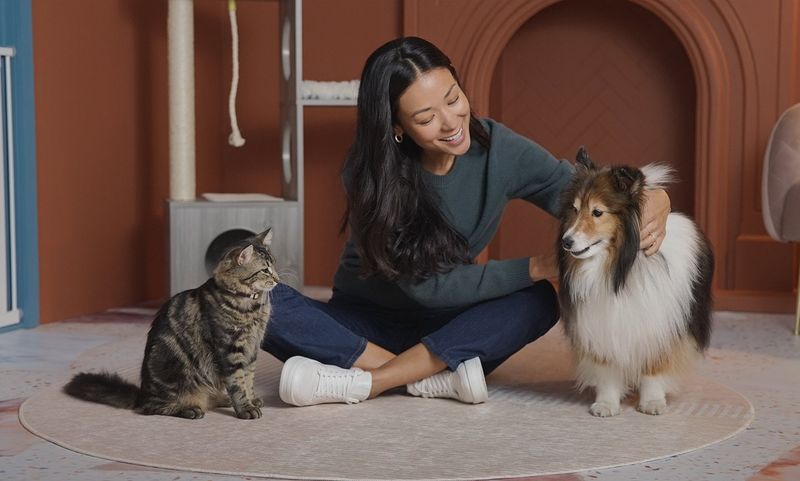
Basic commands like “leave it,” “stay,” and “come” can be crucial in managing your dog’s behavior around your cat.
Likewise, redirecting undesirable behavior from your cat—like swatting—can help prevent tension. Consistent training builds trust between you and your pets.
14. Patience And Consistency
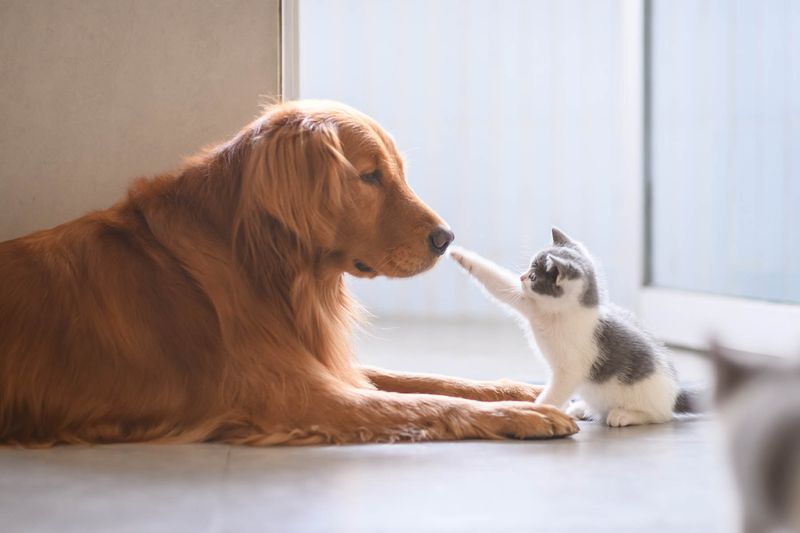
It can take weeks—or even months—for a true bond to form. Some pets become fast friends, while others settle for peaceful coexistence.
Stick with it, remain calm, and reinforce good behavior. Your consistency sets the tone for long-term harmony.






